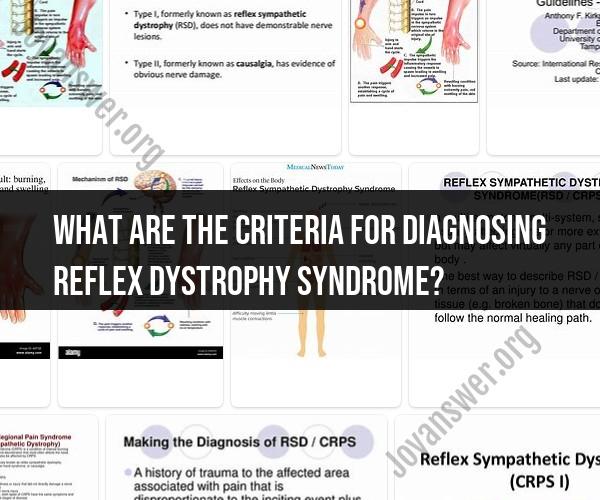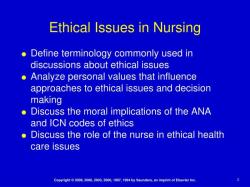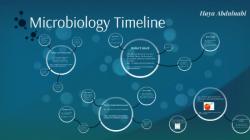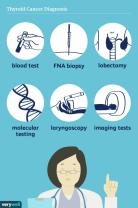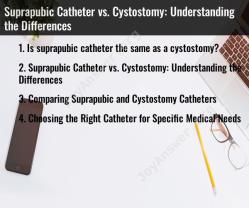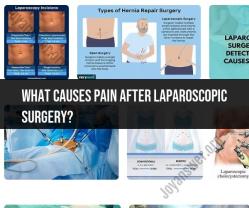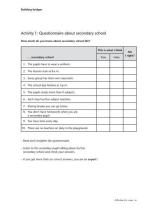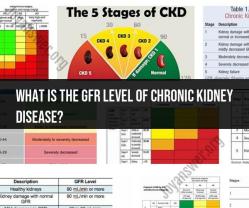What are the criteria for diagnosing reflex dystrophy syndrome?
Reflex sympathetic dystrophy syndrome (RSDS), also known as complex regional pain syndrome (CRPS), is a chronic condition characterized by severe and often disproportionate pain, changes in skin color and temperature, and dysfunction of the affected limb. Diagnosing RSDS involves a combination of clinical evaluation, medical history, and specific diagnostic criteria. Here are the key criteria commonly used for diagnosing RSDS:
1. Persistent Pain:The primary symptom of RSDS is persistent, severe pain that is disproportionate to the initial injury or inciting event. The pain is often described as burning, throbbing, or shooting.
2. Regional Distribution:The pain is localized to a specific region of the body, typically an arm or leg, and usually extends beyond the distribution of a single nerve.
3. Symptoms of Autonomic Dysfunction:RSDS is associated with autonomic changes, such as alterations in skin color, temperature, and texture. These changes may include skin becoming mottled, red or blue, and variations in temperature. Additionally, the affected limb might exhibit abnormal sweating or swelling.
4. Edema and Trophic Changes:Edema (swelling) of the affected limb is a common sign. Over time, trophic changes may occur, such as hair and nail growth abnormalities and thinning of the skin.
5. Allodynia and Hyperalgesia:Patients often experience allodynia, which is pain caused by stimuli that wouldn't normally cause pain (e.g., light touch). Hyperalgesia, or increased sensitivity to painful stimuli, is also common.
6. No Alternative Diagnosis:Diagnosing RSDS requires ruling out other conditions that could explain the symptoms. The diagnosis is made when the clinical presentation aligns with the criteria, and other potential causes have been excluded.
7. Onset After Injury:RSDS often develops after an injury, surgery, or trauma. However, the severity of the initial injury might not explain the intensity of the subsequent pain.
8. Classification:RSDS is classified into two types:
- Type 1 (RSD) occurs without a specific nerve injury.
- Type 2 (causalgia) occurs with a documented nerve injury.
9. Clinical History and Evaluation:The diagnosis of RSDS heavily relies on clinical judgment, evaluating the patient's medical history, physical examination, and the presence of key symptoms.
10. Collaborative Approach:Diagnosing RSDS often requires collaboration among medical specialists, including pain management specialists, neurologists, and orthopedic surgeons, to confirm the diagnosis and rule out other conditions.
Early diagnosis and intervention are crucial for managing RSDS effectively. It's important to consult a healthcare professional if you experience persistent, severe pain and other symptoms consistent with RSDS. Accurate diagnosis ensures appropriate treatment and management strategies are implemented.
